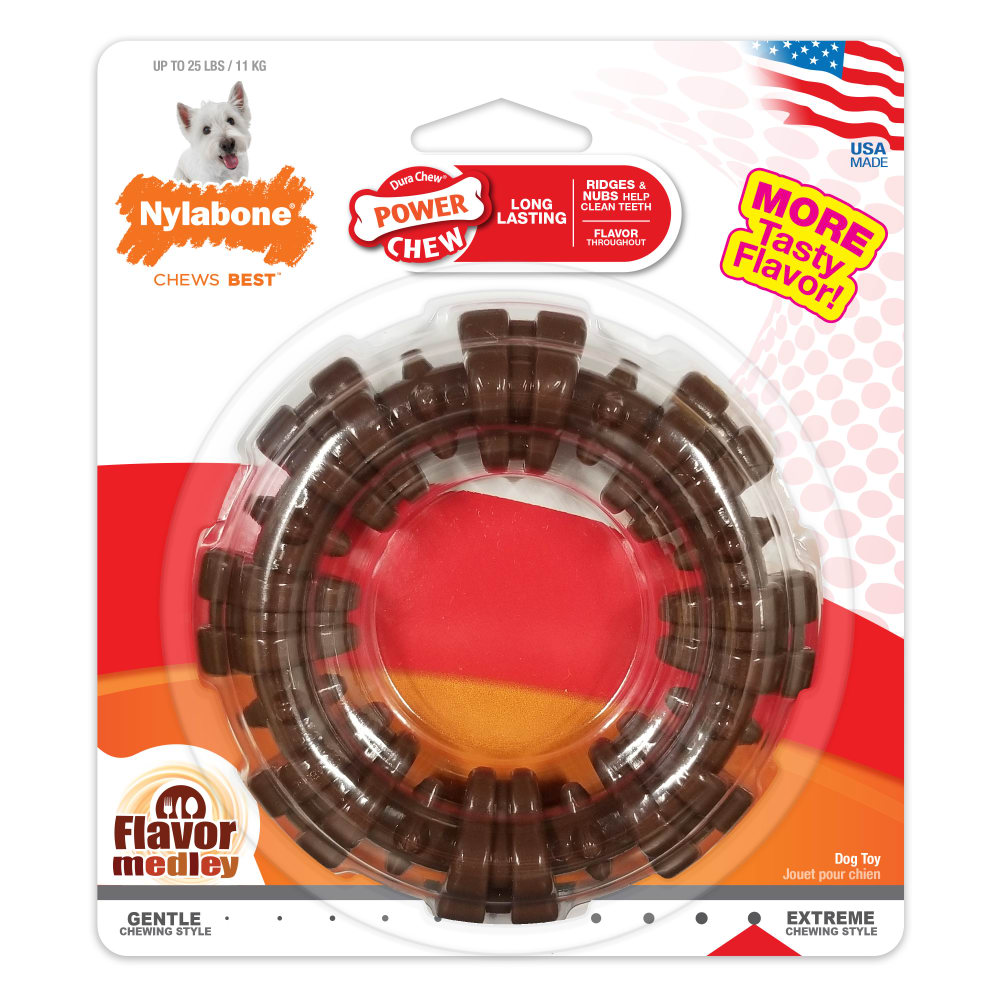Can Dogs See Color?
The blue couch you and your dog relax on together. The orange leash you use for every walk. That favorite yellow ball you play fetch with in the backyard. With so many colorful items you share with your dog every day, it may lead you to wonder if it is true that dogs are colorblind. The short answer: dogs can see color!
But that orange leash? It likely looks a bit different from your dog's perspective…
So, What Colors Do Dogs See?
Like humans, dogs can see a variety of colors. However, the difference is in the range of colors they see and how vivid those shades appear. Dogs see varying shades of blue, yellow, and gray, according to Psychology Today. Humans,on the other hand, see colors along the entire spectrum of the rainbow.
The explanation comes down to rods and cones, two types of photoreceptor cells found in the eye. Cones are sensitive to different wavelengths and allow us to see colors, while rods are the cells responsible for seeing objects in low light.
Dogs are dichromats, which means they have two types of color-perceiving cones in their retina. These cones allow our furry friends to see shades of blue and yellow, along with varying degrees of gray. On the flip side, humans are trichromatic, which means we have three types of cones: blue, green, and red. Additionally, we have a substantially higher number of cones compared to dogs, which allows us to see a wider variety of colors in more vivid hues. In fact, dogs have just one-tenth the amount of cones as humans, according to Animal Planet.
However, dogs do edge out humans when it comes to spotting fast-moving objects and seeing in the dark. Because they have more rods, your dog will spot that running squirrel in the backyard after sunset far faster than you would!
Debunking the Myth That Dogs Are Colorblind
Although dogs are dichromats, experts long believed that dogs' vision relied more on brightness cues than color cues. However, according to a study published in the Proceedings of the Royal Society B in 2013, Russian researchers discovered that dogs were more likely to recognize an object by its color rather than its brightness level.
In summary, the researchers ran a series of tests that involved two boxes—one that was locked and one that contained a piece of meat. Then, they printed four pieces of paper in highly visible colors for dogs and included two shades of each: light blue, dark blue, light yellow, and dark yellow. They took two pieces of paper of contrasting brightness—say, a dark yellow and a light blue—and placed one in front of each box with the goal of alluring the dogs to the box containing the meat.
They gave the dogs one opportunity to find the box with the meat before stopping them, and repeatedly put the same color paper in front of each box. Eventually, the dogs began to memorize the boxes by the pieces of paper—but were they memorizing the color (yellow) or the shade of the color (dark yellow)?
To switch it up, if the dog associated the meat box with dark yellow paper in the first round, the researchers changed the paper to light yellow. The dogs consistently went to the box with the meat, showing that they memorized the box by the color of the paper (dark yellow and light yellow) rather than the brightness (dark yellow and dark blue), according to the Smithsonian.
How Dogs' Vision Affects Everyday Life
Although dogs can best see objects that are shades of blue and yellow, it doesn't mean they will only gravitate toward those colors. However, keeping this and other studies in mind, pet parents and dog experts are better informed and possibly even more inclined to give their furry friends toys, beds, and other belongings we know are easy to see!
In fact, a variety of Nylabone's Power Play Toys are purposefully designed in high-contrasting shades of blue and yellow. Whether your dog is retrieving the Fling-a-Bounce™ from the grass or fetching the floating Ring Thing™ from the lake, these easy-to-spot toys are designed to engage your dog for next-level playtime. Not to mention, they offer other exciting features such as durable canvas tassels, easy pickup shapes, erratic bouncing action, and more!.
Our furry friends may not be living in a black-and-white world after all, but having a better understanding of how dogs see color and experience life is an interesting eye-opener!
FOLLOW US!






